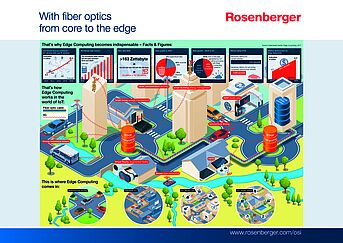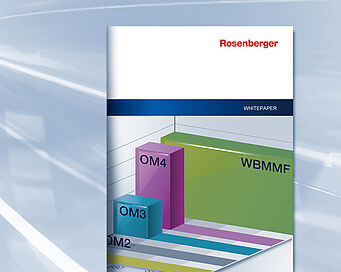Fiber optics enable the future!
The digital transformation casts its shadows. The world of applications is thrown upside down. The purpose and size of the project take a back seat. Users with their expectations of a modern, digitized world are in the focus of attention. Edge Computing and the new 5G mobile network are on everyone's lips. They are the prerequisite for real-time applications and low latency. But are these pure hype topics or concrete solutions that make future-oriented applications possible in the first place?
Experts agree: without a modern, real-time-capable infrastructure, neither the Internet of Things (IoT), nor autonomous driving or Smart Cities can be realized. The fact is that data volumes around the globe are exploding. Real-time applications need to be processed within seconds and in the area where they are created and used.
In the case of autonomous driving cars, for example, all data processing is carried out directly in the vehicle. Reactions must occur within milliseconds, for example to prevent accidents. The necessary real-time data processing is only possible with 5G mobile communications and Edge Computing. The construction of structures is no magic trick, because network nodes for edge computing can be integrated in the next street light, an advertising pillar or near a mobile radio cell, even in the middle of such a cell. Data processing at its best.
A dream of the future? Not at all! At the 2018 Winter Olympics in South Korea, for example, visitors and athletes at the venues have already been able to test a 5G installation and immerse themselves in the world of new applications. At the Mobile World Congress 2018 in Barcelona, 5G was also one of the central themes. Commercial projects based on 5G are already planned for 2018 in the EU. The Federal Ministry of Transport and Digital Technologies estimates that by 2020, rapid mobile communications technology will then be available everywhere.






